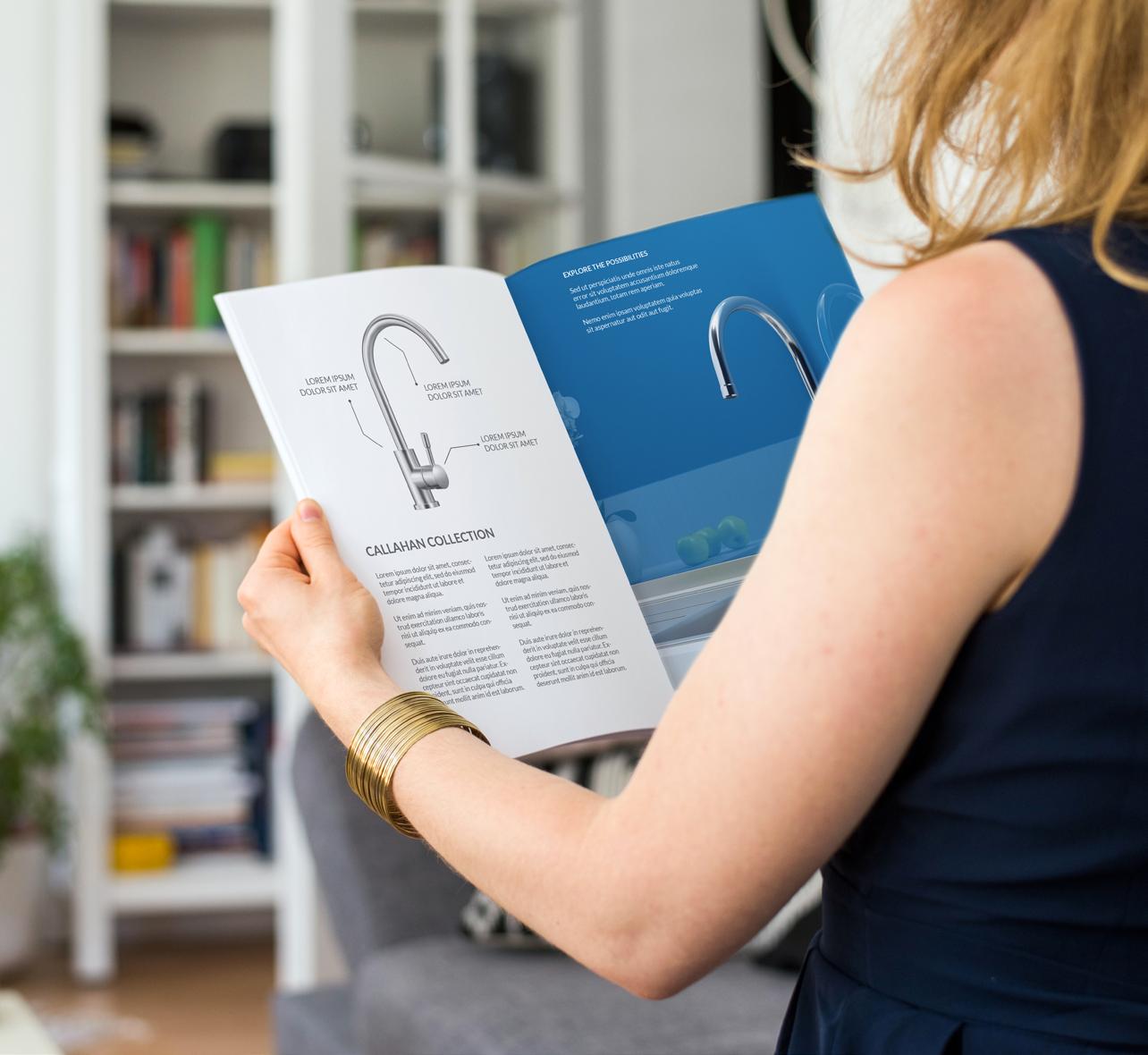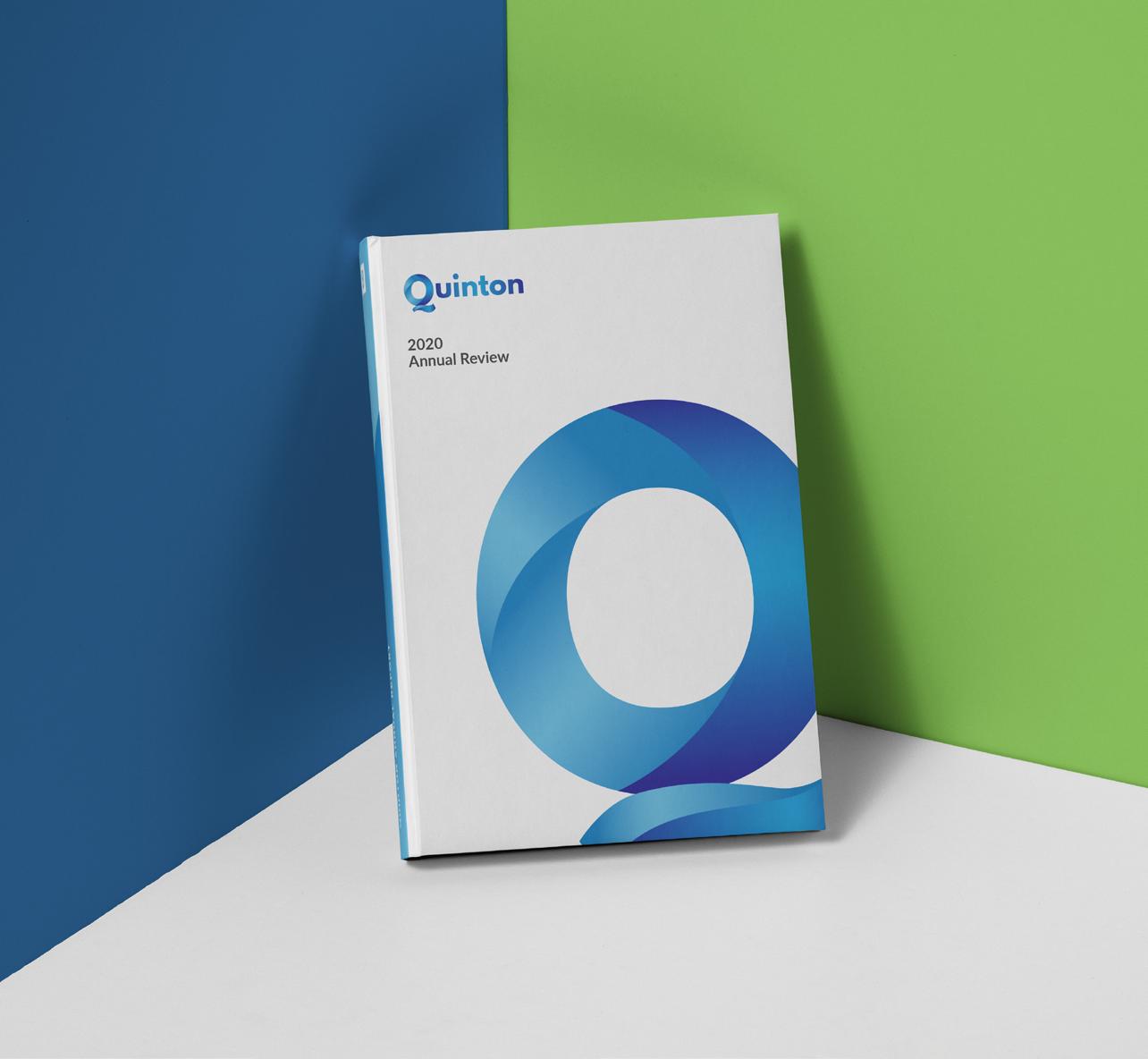Commercial Print



Many companies underestimate the amount of money they spend on printed materials each year — and how much of that spend was unnecessary. When it comes to buying commercial print, three common challenges stand out:



CHALLENGE #1
Companies often gradually outgrow their print partners and spend far more on print than necessary, simply because projects are being run inefficiently. The key is to always match each project to the right printing press technology.
The idea that you can’t have speed, quality and low prices at the same time no longer applies to commercial print. Having access to a large, distributed network of digital and offset presses makes it possible to enjoy all three without any compromises.

What happens after an item is printed often spells the difference between efficiency and waste. To reduce your total cost of ownership year over year, you need to streamline your warehousing, kitting and shipping operations, too.







Whether digital or offset, we match each project to the right print technology to create marketing materials that are on brand and on budget.

•
From labels that decorate your products to packaging that stands out on the shelf, everything can be produced by Taylor with brand-building precision.

•

Taylor has been putting printed materials directly into consumers’ hands for decades. One of the largest and most sophisticated direct mail marketers in the nation, we print and mail more than two billion pieces annually and maintain a Gold Level USPS® rating.


Whether you are looking to acquire new customers, cross-sell new services or deepen existing relationships, Taylor can manage your direct mail needs from end to end.
Taylor uses a variety of specialty data sources to create audience segmentation strategies, custom scoring models and more.
Data-driven hyper-personalization techniques empower you to speak to customers 1:1, driving higher engagement and ROI.

Taylor’s state-of-the-art inserting capabilities enable variable page counts and different inserts in one mailstream.
Our in-house postal experts optimize mailing lists while evaluating destination discounts to lower your postage and freight costs.
Taylor has a separate business group dedicated to secure communications such as statements, invoices, contracts and checks.
Taylor’s Marketing Advantage Program (MAP) is a data-driven solution that allows us to personalize marketing materials for customers known to be in-market for a particular product or service. Taylor layers demographic and geographic data to help you target the right audience at the right time with exactly the right message — dramatically increasing your conversion rates.
MAP seamlessly manages both printed and digital media to create a true omnichannel brand experience, enabling you to convert shoppers into buyers through multiple touchpoints.
Reach in-market customers quickly with relevant information.
Deploy data-driven communications to entice customers to convert.
Synchronize online and offline campaigns to maximize results.
Track ROI through our Active Performance Measurement tools.
A large supplemental insurance company was struggling with high lapse rates after the first year of coverage. The absence of a formalized customer communications program meant that agents rarely communicated with new customers after the sale. As a result, customers gradually disengaged from the brand and allowed their policies to expire rather than renew.
Taylor developed a multi-touch direct mail campaign that reached each new customer immediately after the purchase and continued with additional contacts throughout the year. The goal was to reinforce the purchase decision and provide reminders of the product’s value. Communications included:

• A quarterly newsletter
• Holiday greeting cards
• Letter packages with keepsake items
• Personalized postcards
• Referral requests
• Refrigerator magnets with customer care information
The direct mail campaign created and managed by Taylor outperformed all expectations.
Customer retention increased 9% versus a program goal of 3%.
Those receiving communications held 36% more policies than the control group.
Annual premium values increased nearly $7 million.
